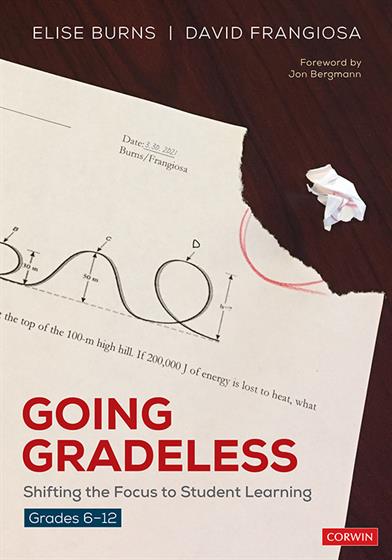
Hands-on, Practical Guidance for Educators
From math,
literacy, equity, multilingual learners, and SEL, to assessment, school counseling,
and education leadership, our books are research-based and authored by experts
on topics most relevant to what educators are facing today.

Going Gradeless, Grades 6-12
Shifting the Focus to Student Learning
Foreword by Jon Bergmann
Sharing their successful shifts to alternate assessment and their perspectives as experienced classroom teachers, the authors show you how to remove the negative impacts of grades while still maintaining a high level of accountability.

Product Details
- Grade Level: PreK-12
- ISBN: 9781071837542
- Published By: Corwin
- Year: 2021
- Page Count: 184
- Publication date: March 25, 2021
Price: $34.95
For Instructors
When you select 'request review copy', you will be redirected to Sage Publishing (our parent site) to process your request.


